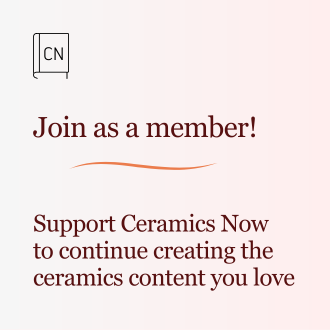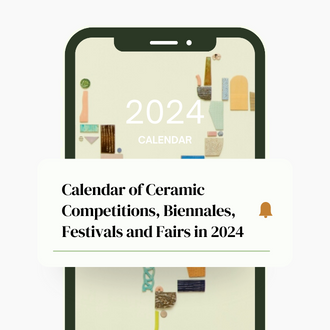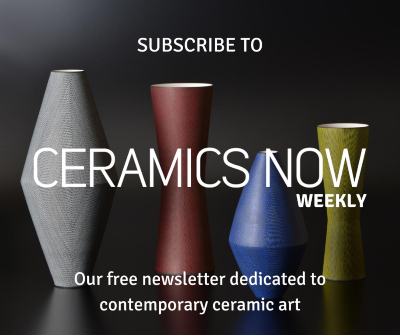Kris Campo (b. 1961, Belgium) studied Ceramics at the Royal Academy of Fine Arts in Antwerp and the Saint-Lucas Institute in Ghent, Belgium. Since establishing her own studio in 1987, she has actively participated in exhibitions and contests in Europe and beyond.
Between 1991 and 2007, Campo served as a guide at the Royal Museum of Fine Arts Antwerp and commenced teaching at various academies. Since 1997, she has operated her own studio at the Academy of Fine Arts in the city of Sint-Niklaas. In 2004 and 2008, she undertook transformative journeys to China, which profoundly influenced her artistic direction. This period saw the inception of larger installations rooted in her personal history and passions. Her work became characterized by vibrant dynamism, intricate decoration, and the incorporation of other elements such as paper prints and furniture.
In 2008, Kris Campo initiated the ‘Tracks & Traces’ project, comprising three parts: ‘Me, My Family & I,’ ‘Decades,’ and ‘Snowlight.’ In 2021, a solo exhibition at The Torhout Pottery Museum showcased a selection of works from this project. Campo’s work is regularly shown in exhibitions both domestically and internationally. She has been selected in contests, including the International Biennale of Ceramics Art, Vallauris (2012), Ceramics of Europe, Westerwaldpreis, Höhr-Grenzhausen (2009–2010), the European Ceramic Context, Bornholm (2018), and the 62nd Faenza Prize (2023). In 2012, she was awarded the First Prize at the International Award of Contemporary Ceramics CERCO, Spain.
Since 2018, she has also been active as a curator. Commissioned by Gallery “Zwart Huis” in Brussels, Belgium, Campo curated three editions of CRMCS (2019, 2020, 2023), featuring contemporary ceramic art by artists such as Tamara Van San, Monika Debus, and Patrick Loughran. In 2020, at the request of the Cultural Centre ZwanenBerg in Heist-op-den-Berg, Belgium, she curated the exhibition “This is the Sound of C,” showcasing works by artists Michel Gouéry, Klaas Rommelaere, Babs Haenen, Clémence Van Lunen, Annemarie Laureys, Johannes Nagel, Robin Vermeersch and Coline Rosoux. In autumn 2023, Kris Campo served as co-curator for the exhibition “Mentors,” exploring the evolution of artistic ceramics education in Belgium on behalf of Becraft Belgium Mons, featuring works by 64 ceramic artists from 1890 to 1980.
Visit Kris Campo’s website and Instagram page.
Featured work
Memorysticks, 2023
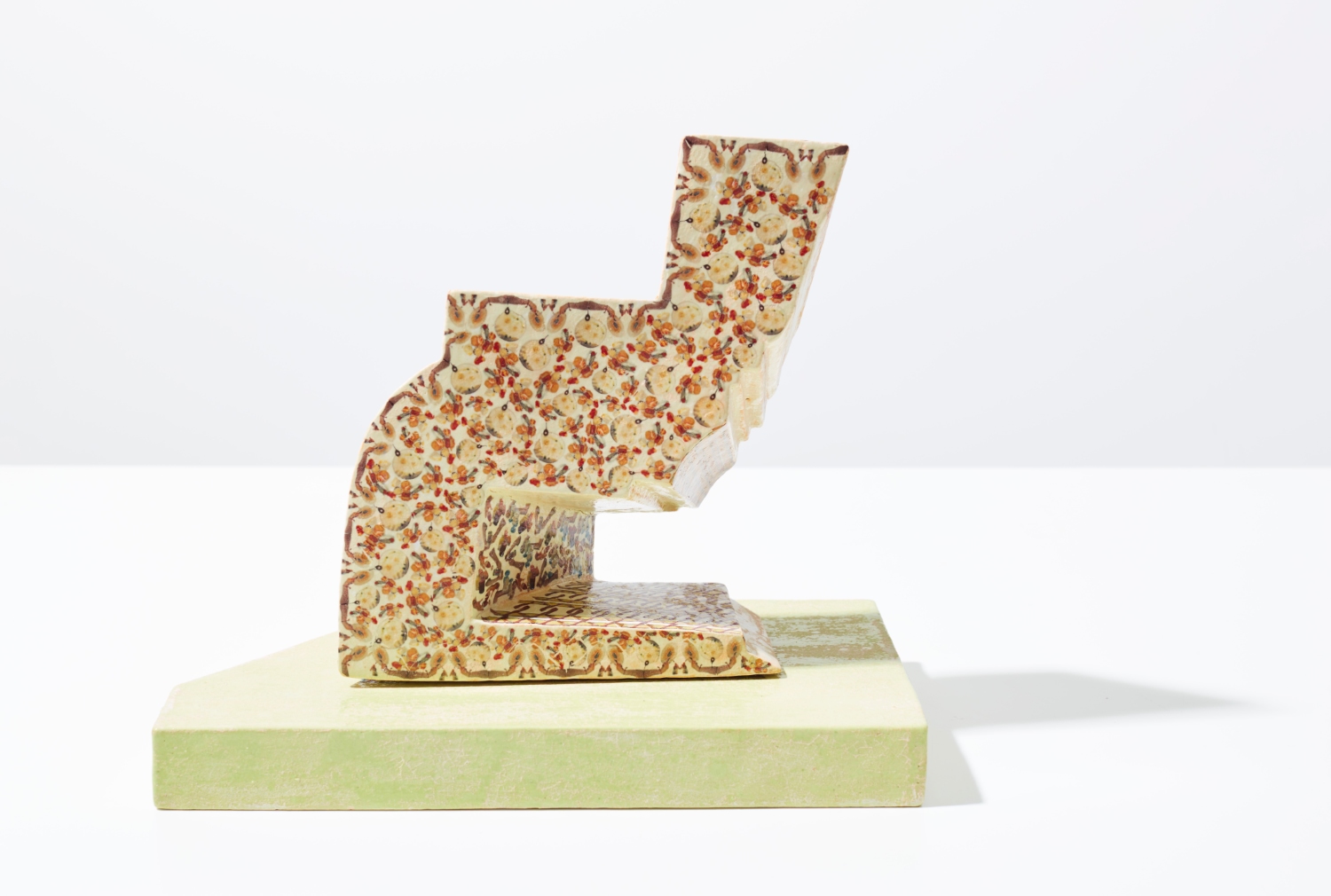
Snowlight, 2018
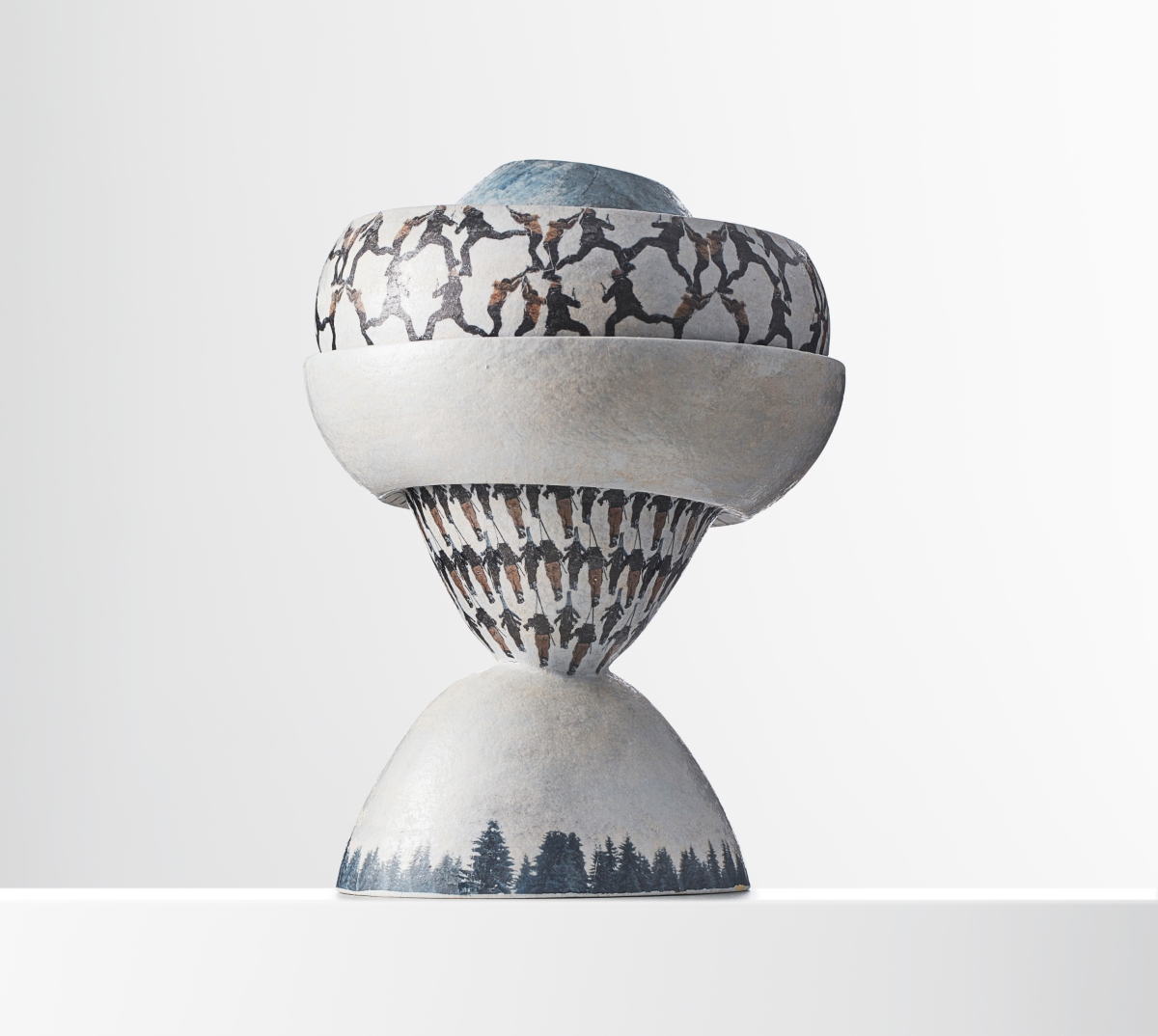
Decades, 2015
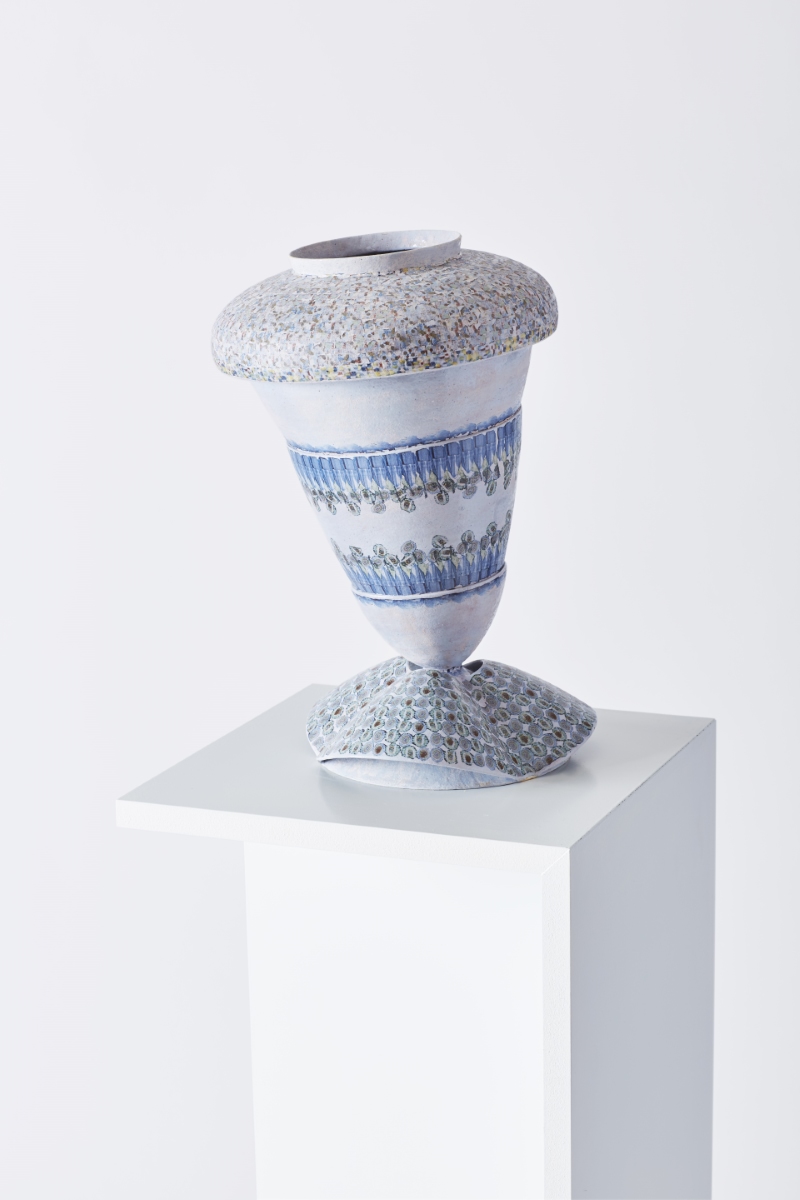
Me, My Family & I, 2012
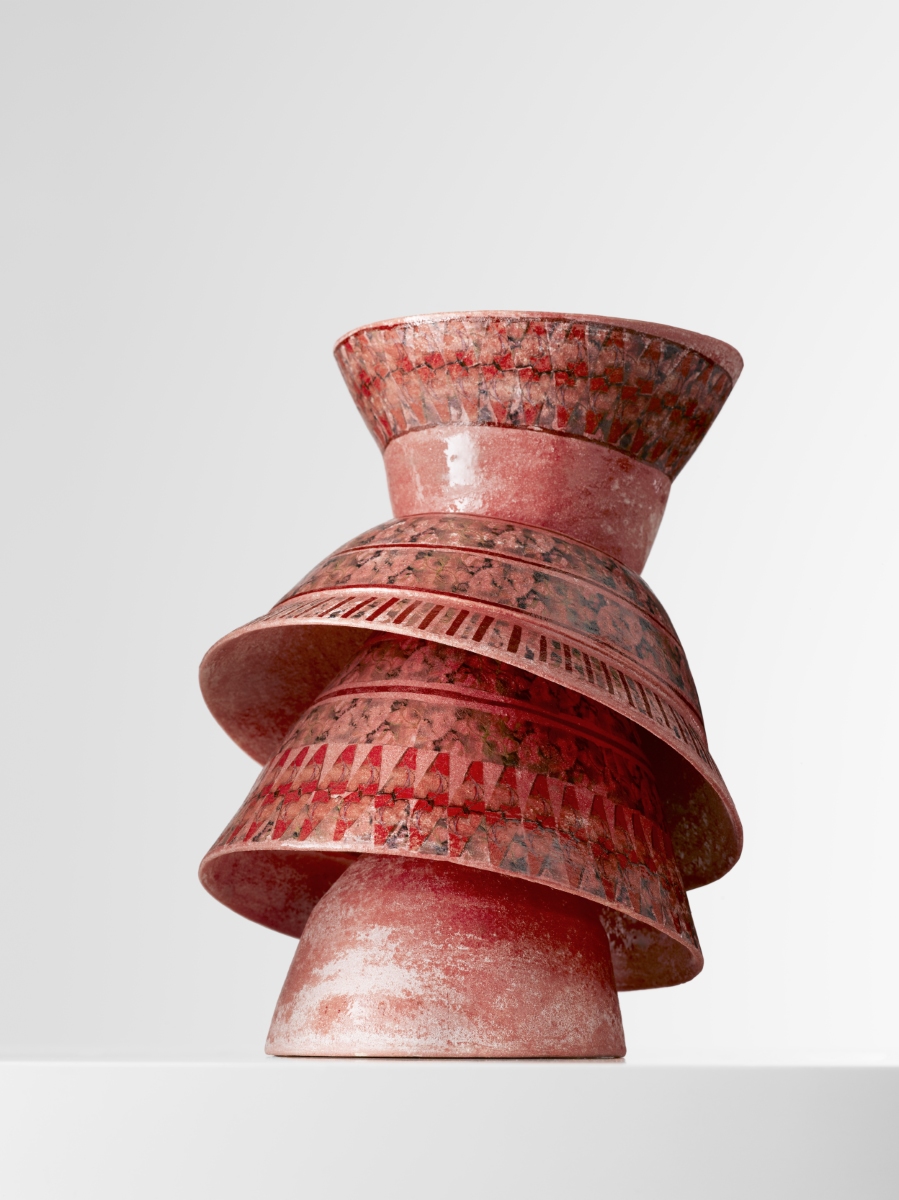
Searching for the perfect image through a unique visual language
Through her artistic work, Kris Campo explores how the past shapes and influences us. She shows how memories and passions we indulge in or once experienced and cherished, perhaps forgotten or lost again, shape our state of mind. They frame our desires and confront us with who we are today. Our memories bring stories that have been distorted, fragmented, and grinded over the years. Nevertheless, they still evoke specific feelings.
In her work, Campo engages with those memories and passions. She tries to capture them visually and shapefully, to pass on the emotions they trigger through a visual language. In this way, she tries to share with the audience her joie de vivre and the wealth of experiences that arise when you make your own idiosyncratic choices.
As an artist, Campo adheres to the vision that every powerful visual work is supported or sustained by craftsmanship and a critical eye. Regardless of whether the artist possesses that craftsmanship or relies on the skills of others. In an initial period of her career, she dedicated years to refining the language of form. The technical baggage gained from Antonio Lampecco, the discovery of the idiosyncratic work of Hans Cooper and George Ohr, the mix of influences by studying both at the Antwerp Academy and at Sint-Lucas Ghent (Belgium) collectively shaped Kris Campo’s artistic path.
Her enthusiasm for Oscar Schlemmer’s Triädische ballet coupled with two decades of experience as a guide at the Royal Museum of Fine Arts in Antwerp as well as teaching at academies, provided a rich and divers foundation. This foundation laid the groundwork for the development of a personal visual language that now fully serves her artistic content.
Her desire for independence has prevented her from seeking a place in the commercial circuit, securing a permanent gallery, or an introduction to the collector’s network. Her priority lies in the development of her projects at her own pace, driven by her personal vision and aesthetic experience. This approach safeguards her from entering a whirlwind of sales-oriented production, where the loss of authenticity, depth, and innovation is never far away.
Guiding children at the Royal Museum of Fine Arts Antwerp and teaching at the Academy of Sint-Niklaas are integral parts of a conscious strategy. This allows her to draw inspiration from a stimulating environment while simultaneously working financially independently to develop a personal oeuvre.
Additionally, Campo consciously and unhurriedly carves her path in the artistic world by participating in competitions both domestically and internationally.This strategy is bearing fruit. Her first selection dates back to 1987 for cultural awards in Antwerp. In 1993, she achieved her first international selection in Taipei, Taiwan, followed by selections in Austria, Germany, Spain, Korea, the Czech Republic, France, Denmark, Italy, and more. In 2012, her work ‘Trias Blue’ secured the first prize at the International Contemporary Ceramics Prize in Spain.
Yet, Campo no longer considers herself a pure ceramicist. Categories, trends, and fads do not resonate with her, as she fully commits to her own artistic insights and sensibilities. She uses clay as her canvas to tell her content story and incorporates other mediums, such as paper or sound, in alignment with that narrative. This has resulted in a personal and recognizable design with a unique color palette influenced by artists like Ensor, Chagall, Klee, and Wouters.
Finally, Campo insists on personally exhibiting all her comprehensive projects at least once as she conceived and dreamed them. This allows her to confront the public and share the joy with as many people as possible before releasing the works. Only then may they be dismantled and find their place in group exhibitions or competitions.
In recent years, Campo has also cast herself as a dynamic ambassador for artistic ceramics. As curator for several exhibitions, she skilfully ranks contemporary ceramics and thoughtfully juxtaposes them with other art forms. This approach not only demonstrates the expressive power of this still-young art form but also highlights its equality and significance in a broader artistic landscape.


